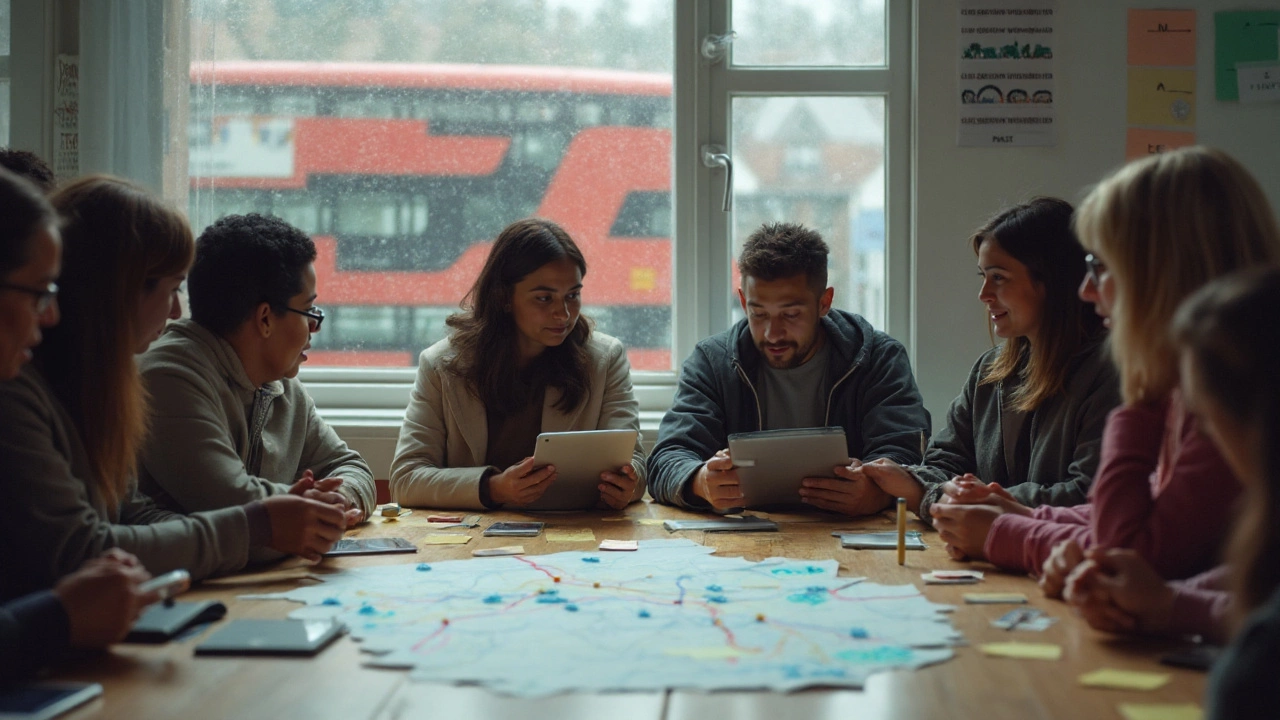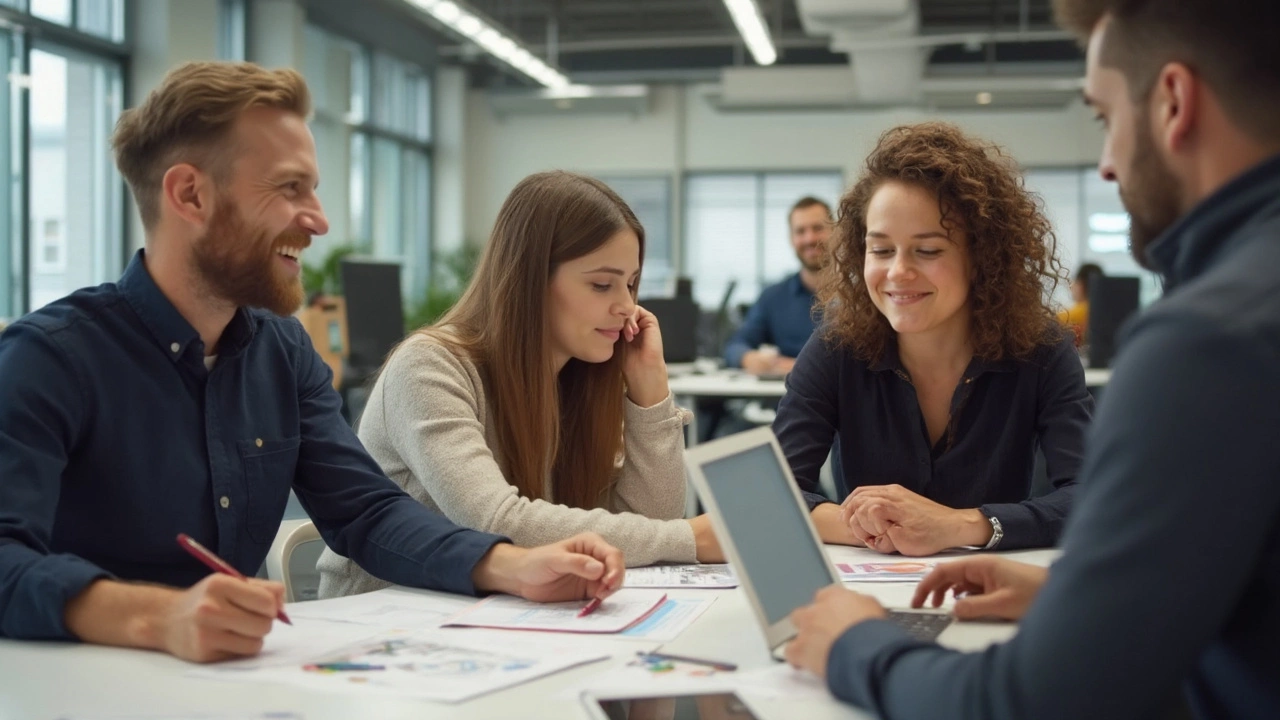Key Principles of Adult Education Explained
Explore the core principles of adult education, from need-to-know and self-direction to experiential and transformative learning, with practical tips and a handy comparison table.
Read moreIf you’ve ever wished school felt more like real life than a textbook, you’re not alone. Experiential learning does exactly that – it swaps idle listening for active doing. When students handle real problems, test ideas, or create something tangible, they remember more and stay motivated. Below you’ll find why it matters and a few easy activities you can start today.
First, the brain likes to see a direct link between what it learns and what it can use. When a lesson ends with a hands‑on task, the information moves from short‑term memory to long‑term storage. Second, students get instant feedback. If a science experiment fails, they see the mistake right away and can fix it. That trial‑and‑error cycle builds confidence and problem‑solving skills.
Third, real‑world tasks spark curiosity. A history class that includes a mock town council meeting makes students ask why decisions were made, not just what dates happened. Curiosity drives deeper questions, and deeper questions lead to better answers. Finally, experiential learning works for all ability levels. Whether a child needs extra support or wants a challenge, the same activity can be tweaked to fit.
1. Mini‑Business Project – Have a small group pick a product (like custom notebook covers) and plan how to design, price, and sell it. Use real money or classroom tokens. This teaches budgeting, marketing, and teamwork while letting students practice math and communication.
2. Outdoor Science Observation – Take a 15‑minute walk around the school grounds. Ask students to note three plant types, two weather changes, and one animal sighting. Back in class, they compare notes and draw conclusions about local ecosystems.
3. Role‑Play Historical Debate – Assign each student a historical figure and a modern issue (like climate policy). They must argue from their character’s perspective. This fuels research skills and empathy for different viewpoints.
4. DIY Lab Kits – Purchase simple kits from the Abbey Gates School Store – think beaker sets, circuit boards, or measuring tools. Let students design their own experiment, record data, and present findings. Ready‑made kits save prep time and keep safety standards high.
5. Community Service Mini‑Task – Organise a quick clean‑up of a school garden or a classroom shelf‑re‑org. Students plan the route, assign roles, and reflect on how the effort improved their environment. This connects learning to civic responsibility.
Each activity follows a three‑step pattern: plan, do, reflect. After the hands‑on part, give students five minutes to write what worked, what didn’t, and how they’d change it next time. That reflection cements the lesson and teaches self‑assessment.
Want more ideas? Look through the tag page for articles on focus, study routines, and real‑world skills. Those pieces often include checklists and printable worksheets you can adapt for your class. And if you need supplies, the Abbey Gates School Store offers everything from stationery to lab equipment, all at student‑friendly prices.
Bottom line: Experiential learning turns abstract concepts into something students can touch, test, and talk about. It raises engagement, improves memory, and builds skills that matter outside the classroom. Pick one of the activities above, give it a try, and watch the difference in your students’ energy and results.

Explore the core principles of adult education, from need-to-know and self-direction to experiential and transformative learning, with practical tips and a handy comparison table.
Read more
What’s the best way to teach adults? A practical andragogy blend: problem-based, experiential, and self-directed-reinforced with retrieval and spacing. Clear steps, examples, and tools.
Read more
The 70 20 10 adult learning theory explains how adults pick up new skills—mostly by doing rather than sitting in a classroom. This article breaks down what the model really means, where it comes from, and why it works so well for working adults. You’ll find tips to make the most of on-the-job learning, supportive relationships, and formal courses. Get clear examples, including how some companies and real people use this model every day. Learn to boost your own growth using real-world learning strategies.
Read more